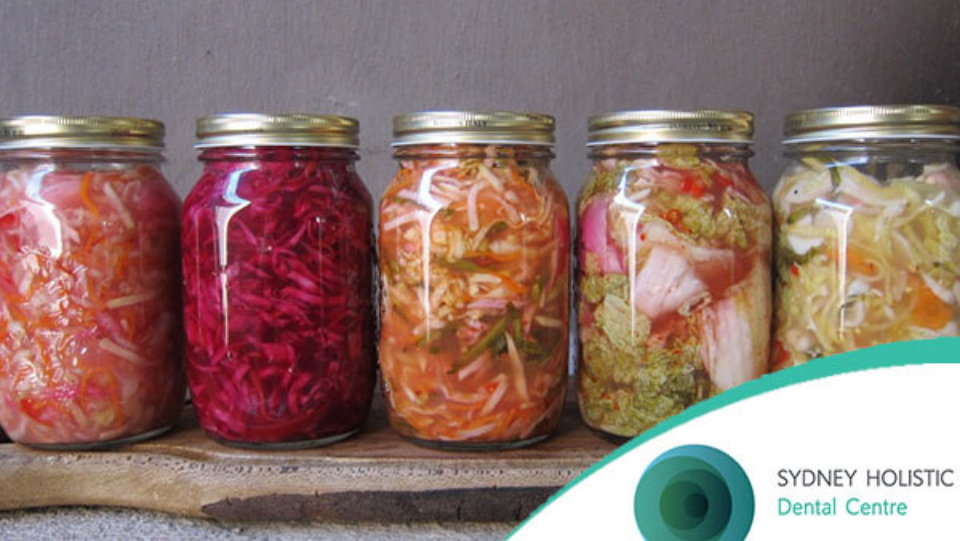Fermenting Foods – The What and the Why?
Fermenting Foods – The What and the Why?

Fermenting foods is a tradition that has been used in cultures throughout the world for hundreds and thousands of years. Whether it is sauerkraut, cheese, kimchi or alcohol, fermenting food has been used and adapted over generations. Hundreds of years ago fermented foods would have made up a significant proportion of our diet, however with the introduction of industrialised food preservation methods the 20th century saw a decline in the amount of fermented foods consumed. As our health continues to decline and people return to more traditional food methods fermented food is making a comeback…and for good reason. Apart from being an incredibly economical way of consuming food it also has countless health benefits and is great tasting.
What is fermentation?
Fermentation can be described as a biochemical change, brought about by the anaerobic or partially anaerobic oxidation of carbohydrates by either microorganisms or enzymes. When salt is added during this process it prevents the formation of toxin-producing microorganisms. Fermenting foods has been used throughout time as a way of preserving fresh ingredients throughout the winter months, while also receiving the most nutritional benefits from them. It is a relatively efficient, low energy preservation process that decreases the need for refrigeration or other forms of preservation. There are two types of fermentation – lactic acid fermentation and alcohol fermentation.
What are the benefits of fermenting food?
As well as providing food security, a natural form of preservation, economical options and reducing food waste, fermented foods have countless health benefits too. Fermented food is teaming with thousands of good bacteria, these microorganisms ‘pre-digest’ some constituents in food (for example the bacteria in yoghurt use lactose as a substrate), making the food easier to digest and more bioavailable to humans. Fermented food also has probiotic effects on the gut, the food delivers live microorganisms to the gut that can benefit the host and assist in the digestion of other foods.
Try this…


